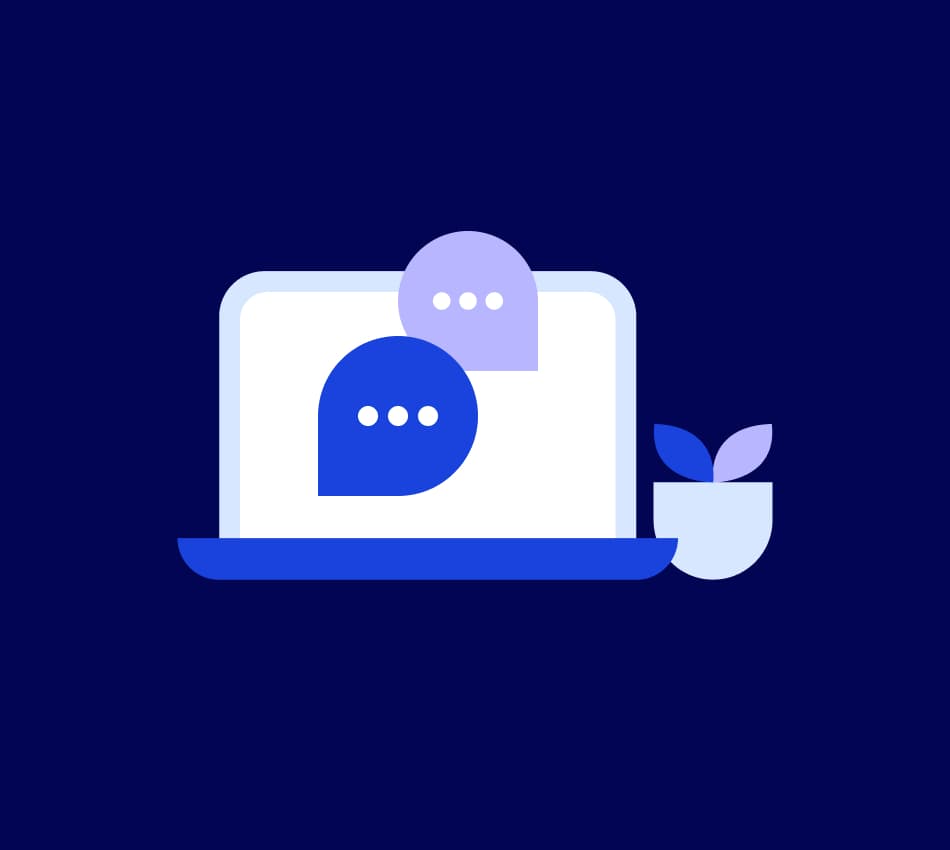For small business owners, ChatGPT and other generative AI tools offer a unique opportunity to scale marketing efforts, reduce repetitive work, and explore new creative directions. By simply understanding what ChatGPT is, how it works, and what its capabilities and limitations are, you’ll be prepared to write effective marketing prompts, and use this exciting new tool to grow and market your brand.
What you need to know
- ChatGPT’s language models train themselves to predict how to use words. Their output can support small businesses in areas like email, social media, and content marketing.
- While ChatGPT can accelerate marketing workflows, its outputs require human editing, fact-checking, and strategic direction to stay aligned with your brand.
- Custom GPTs and well-structured prompts allow businesses to tailor ChatGPT to their unique voice, goals, and audience.
What is ChatGPT?
Launched by OpenAI in November 2022, ChatGPT is a generative AI tool that can produce text, speech, and images. Its main innovation is the chatbot interface, which allows you to write prompts in conversational language that ChatGPT can interpret and respond to.
One of the great innovations of generative AI tools is the asymmetry of their output—other digital tools reward you based on the amount of work you put in, but ChatGPT can produce responses that are much longer and more complex than your prompt.
How does ChatGPT work?
Once you understand how ChatGPT works, it’ll be easy to discern new ways it can (and can’t) benefit you and your employees, both in marketing and in life. In fact, everything you need to know about ChatGPT is contained in the initialism, GPT (generative pre-trained transformer), so let’s break that down step by step.
- First, a GPT is a type of generative AI developed by OpenAI. Specifically, GPTs are a type of large language model (LLM), a program that trains itself to interpret your prompts, classify information in its training data, and respond with coherent text.
- Second, ChatGPT can respond to your prompts because its GPTs are pre-trained. If ChatGPT wasn’t pre-trained, then its responses wouldn’t make any sense. LLMs don’t “learn” or “understand” language the way you do.
- Third, GPTs are able to pre-train themselves so effectively because they are based on transformer architecture. In a nutshell, generative AI tools model complex things by stacking abstract units of concepts in a particular order, a process called deep learning. (It is “deep” because AIs require tens of thousands of layers in this “stack.”) Transformer architecture allows the GPT to analyze whole text sequences and weigh the importance of the different words.
So when we refer to “generative pre-trained transformers,” we’re describing how ChatGPT generates responses by pre-training itself using transformer architecture:

Is ChatGPT a reliable source?
Because ChatGPT generates text based on statistics, it can’t know things, which also means it can’t recognize when it doesn’t know something. This makes ChatGPT (and all LLMs) prone to hallucinating—presenting errors as if they were facts—as well as reproducing biases in their training data.
Always fact check outputs received from an AI tool, and train employees to do the same.
What’s new in GPT-5?
OpenAI released GPT-5, their latest LLM, in August 2025. This mostly brought performance updates to language and code generation, but also one important new feature. Previously you had to choose which GPT model you wanted to respond to your prompt (such as GPT-4o, 4.1, 4.5). Now, by using its “auto” mode, ChatGPT will select which model is best suited to your prompt.
What can (and can’t) ChatGPT do for my business marketing?
Once you and your employees understand how ChatGPT generates responses, you’ll be able to decide which marketing tasks it can and can’t help with. If you’re new to large language models, here are some pointers on where to start supporting your small business marketing with ChatGPT.
Bluevine Tip
ChatGPT yields the best results when you’re already skilled at a task: You can craft a thoughtful prompt, and you understand which parts of its responses are useful versus not.
Brand marketing
While ChatGPT can’t originate the specific meaning or voice behind your brand positioning, it can help you define and refine it, and provide tips for adapting your brand across channels. By prompting ChatGPT with your values, voice, and target customers, it can help generate first drafts of voice guidelines and mission statements. You can also prompt it to create target customer personas to test ideas.
Content marketing
Skillful prompt writing can provide your business with a regular flow of new content—ChatGPT can generate a high volume of SEO-optimized topics, outlines, and drafts for articles, landing pages, and FAQs, as well as repurpose existing content for new channels or information. However, savvy customers will recognize AI-generated outputs, and your brand reputation could suffer if you overrely on them. For example, ChatGPT has a more stilted style than writers do, and has more difficulty handling ambiguity, sensitivity, or recent events.
Always have a human content writer or copywriter edit your generated content to correct hallucinations and align it with your brand values, voice, and tone.
Email marketing
ChatGPT can help you optimize your email marketing strategy, plus generate subject lines, headlines, body text, and CTAs that increase customer conversion. You or your copywriters can use it to generate first or revised drafts of announcements, promotions, engagement emails, or customer lifecycle maps.
For promotions and special occasions, you can also use ChatGPT to edit and generate code for special landing pages or banners.
Market analysis
While it lacks the robustness of data analytics platforms, ChatGPT can process web pages or comment threads to generate digests of your industry landscape, brand sentiment, and customer pain points, and identify industry white space. Prompting ChatGPT to use unique perspectives when supporting your data analytics may help reveal biases or missed opportunities in your team’s research.
Presentations
Small businesses can use ChatGPT to quickly generate go-to-market plans or fundraising decks with a clear, concise structure and talking points. It can help you to refine your brand position, mission, and business plan for particular stakeholders. Conversely, you can ask it to generate decks for existing businesses to see how familiar brands might frame themselves in your situation.
Social media marketing
ChatGPT can support your social media marketing by generating content and roadmaps that balance your voice across all social channels. It can also be helpful for repurposing old content for new channels, and generating drafts of captions and hashtags. You can also prompt ChatGPT to simulate and analyze different brand accounts or customer personas to explore different messaging styles.
5 tips for writing effective ChatGPT marketing prompts
You don’t need a degree in computer science or linguistics to write effective ChatGPT prompts for marketing. Follow these five tips, and you’ll reliably generate better responses:
- Be specific. Clearly state the goal, tone, format, perspective, context, and audience you want the AI to generate from. Examples can help, but responses may overly rely on your examples.
- Keep prompts simple and conversational. Although it is not a real entity or intelligence, ChatGPT is pre-trained to respond to conversational language. Write prompts as if you were asking a person, not a search engine.
- Break complex tasks into steps. If you need to generate a lot of different materials, request several tasks within one prompt. For example, you could prompt ChatGPT to generate customer personas, then theorize about their unique pain points, then brainstorm brand messaging to address those pain points.
- Provide concrete feedback and iterative prompts. ChatGPT probably won’t generate what you want with a single prompt, but you can refine its responses by following up with your own expert feedback and requesting iterations or variations.
- Assign a persona. By prompting ChatGPT to take on a persona, you place limits on which parts of its training data it will use to generate responses. The same prompt can produce far more usable responses by giving the AI a character to play.
How to integrate ChatGPT into your marketing strategy
ChatGPT is a tool developed by OpenAI’s engineering team, who are certainly not familiar with your business marketing. Their program can’t replace your skilled employees, but it can absolutely help your team to expand the scale of their work, explore new ideas, and decrease time spent on busywork. If you offer ChatGPT training to your employees, you can equip them to know precisely how to use it to enhance their workflows and free up space for deep work.
How to customize a business GPT
If you have a paid ChatGPT subscription for your business, you can train custom GPTs to generate responses based on your brand’s unique voice, products, goals, strategies, and target customers. Upload voice guidelines, product catalogs, previous marketing campaigns, or customer personas to align the GPT with your brand.

